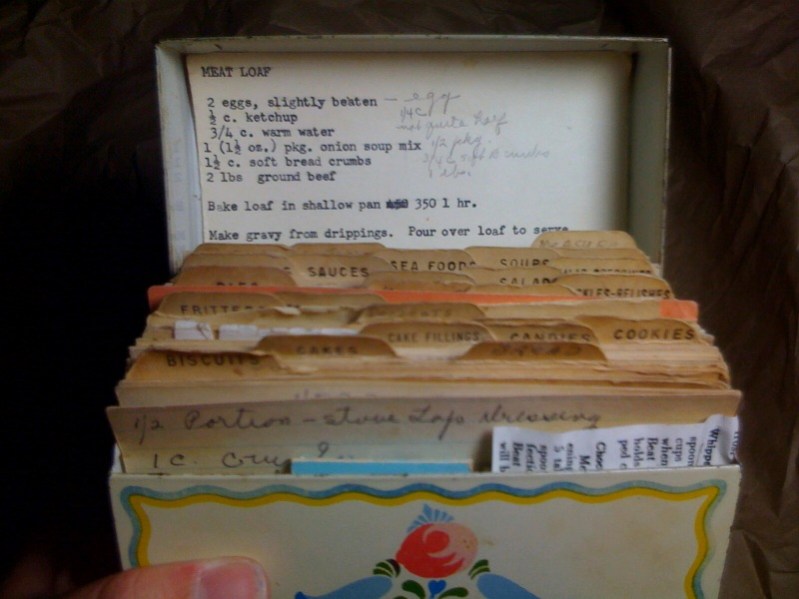Once upon a time, there were no computers or phones, tablets, or Apple watches. No Food Network websites, annoyingly frequent subscription emails, superfluous apps, or online grocery store newsletters. Recipes were discovered and passed on through printed note cards, lovingly handwritten by friends and neighbors, or simply snipped from an actual newspaper or magazine. If you saw or tasted something you wanted to make yourself, you asked the cook for the recipe and tucked it into a charming countertop recipe box.

These days, it’s not quite that simple. Between the thousands of food blogger sites, online cookbooks, and YouTube tutorials, it’s very easy for the recipes that piqued our interest to fall through the cracks. With the best of intentions, we pin, we screenshot, we save, we copy and paste, only to end up with so many random links and photos that we end up overwhelmed, frustratingly deleting them and ordering DoorDash. If this chaos sounds as familiar to you as it did us, rest assured that there’s an answer to this problem of online recipe organization.
Copy Me That is a free online service and app that will store all of your online recipes in one tidy place. With a quick download and add to your browser bar, Copy Me That will appear every time you browse food
So if getting organized was on your list of New Year’s resolutions, we just made it a whole lot easier for you. At least when it comes to recipes. Your linen closet you’ll have to tackle yourself.



